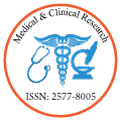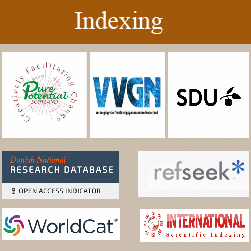Preventive Cancer Screening: A Strategy to Reduce U.S. Healthcare Costs
Author(s):
Nicholas B Jennings and Howard J Eng
The Agency for Healthcare Research and Quality (AHRQ) estimated that the direct medical costs for cancer in the United States (U.S.) in 2014 was $87.3 billion, and it is projected that the cost to the U.S. taxpayer will rise to $173 billion in 2020 [1, 2]. In addition to the financial cost, cancer is the second leading cause of death in the U.S. [3]. Increasing access to and uptake of preventive cancer screenings could significantly reduce the burden of death and the cost of treating cancer in the U.S. We conduct a literature review to summarize knowledge about preventive cancer screenings in the U.S. including the burden of disease that currently exists in the population, the benefits of receiving preventive cancer screenings, the factors that act as barriers or predictors to receiving preventive care, cost effectiveness of selected preventive services, and the exploration of ways to increase the uptake of preventive services. Increasing preventive cancer screenings in the U.S. is an effective strategy to reduce health care costs.



